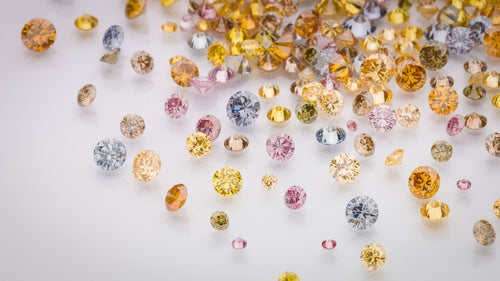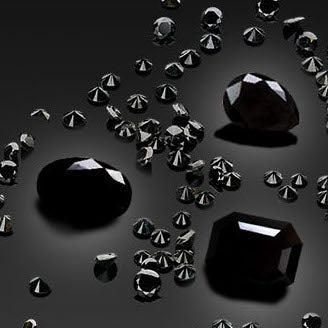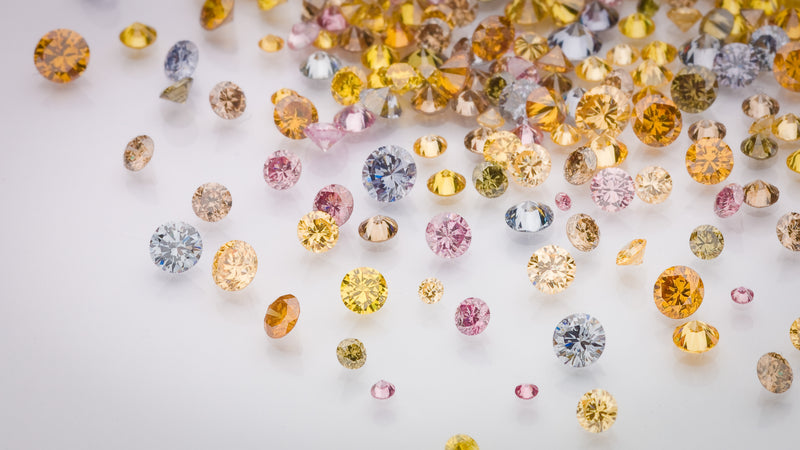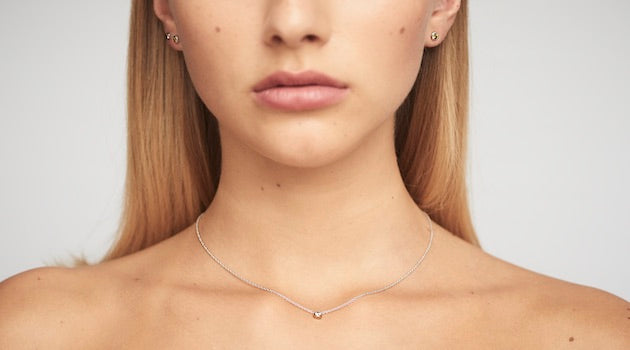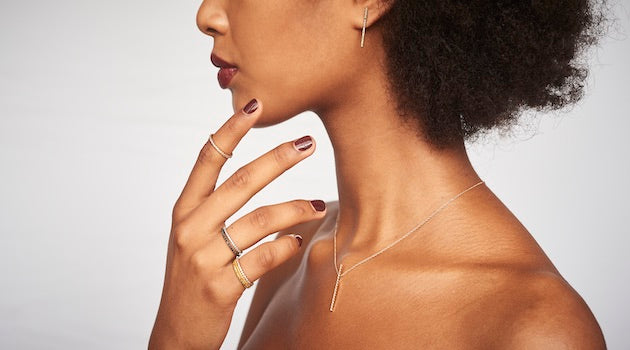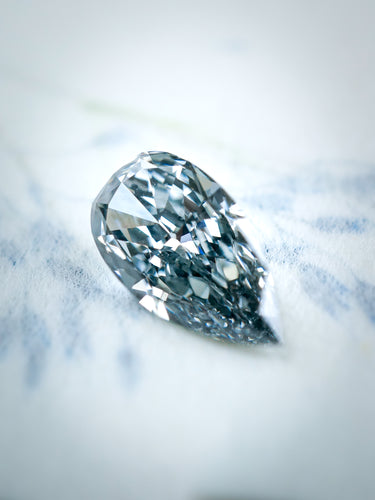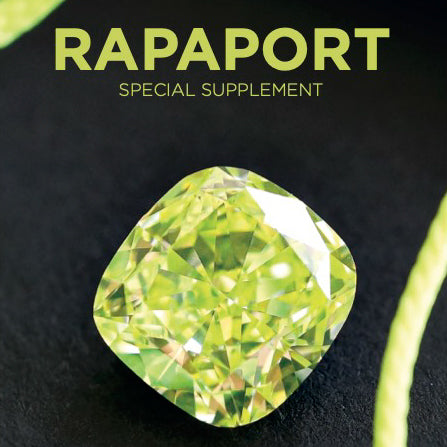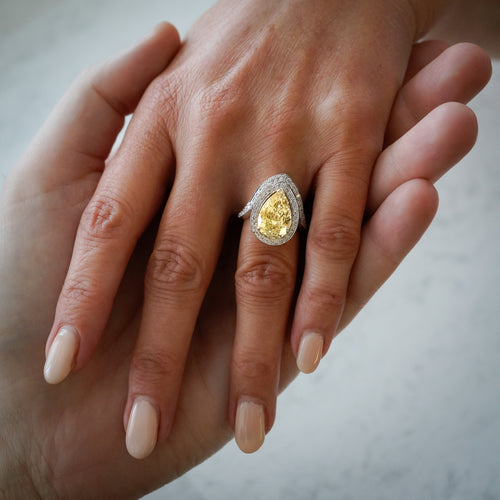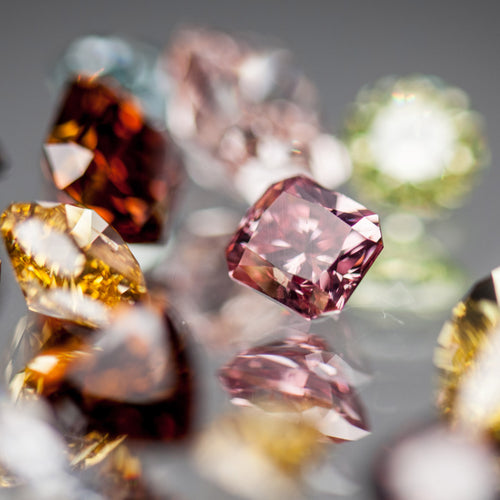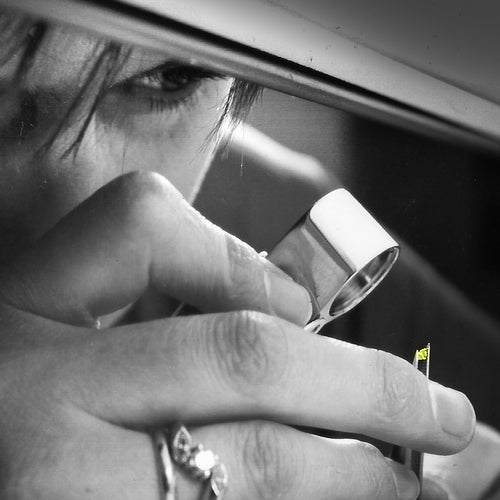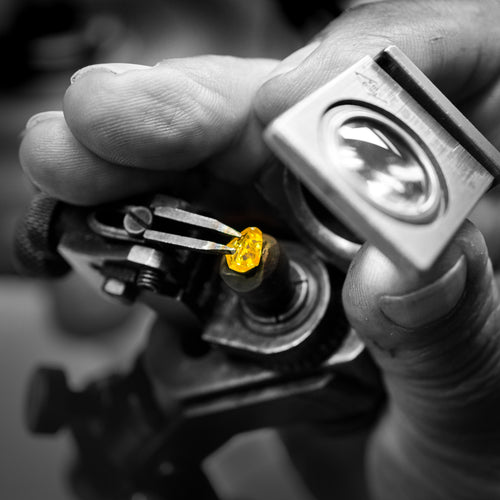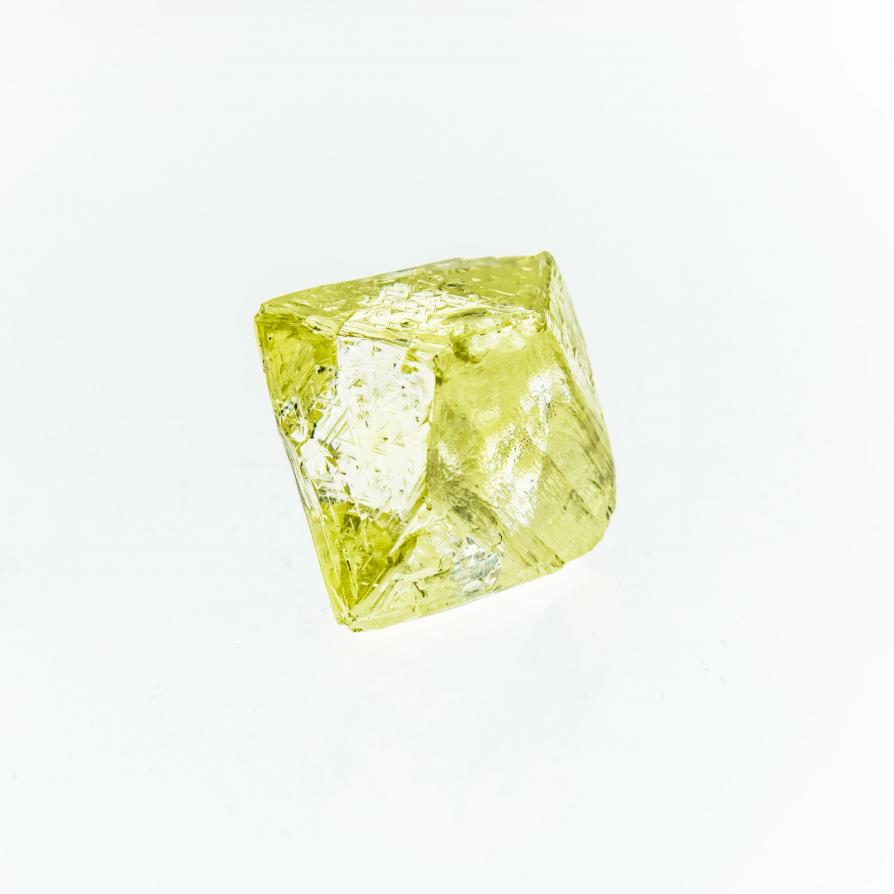

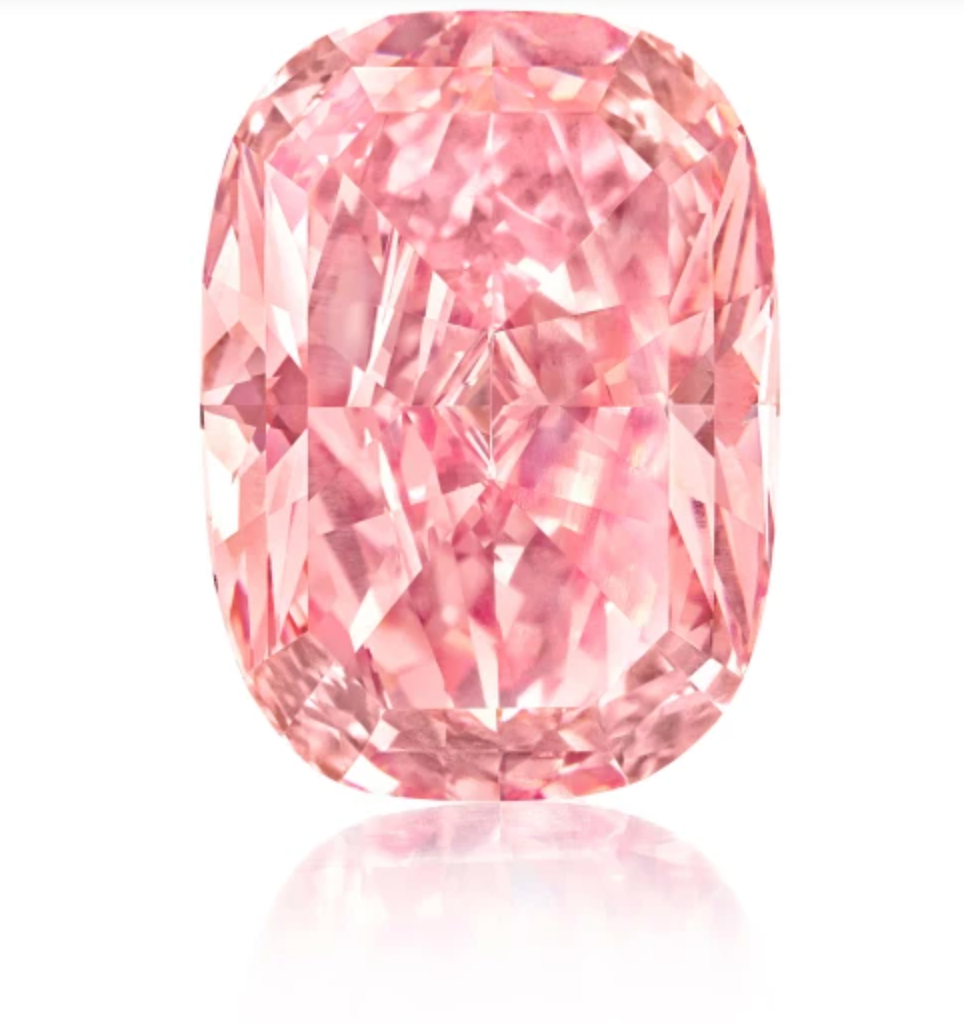
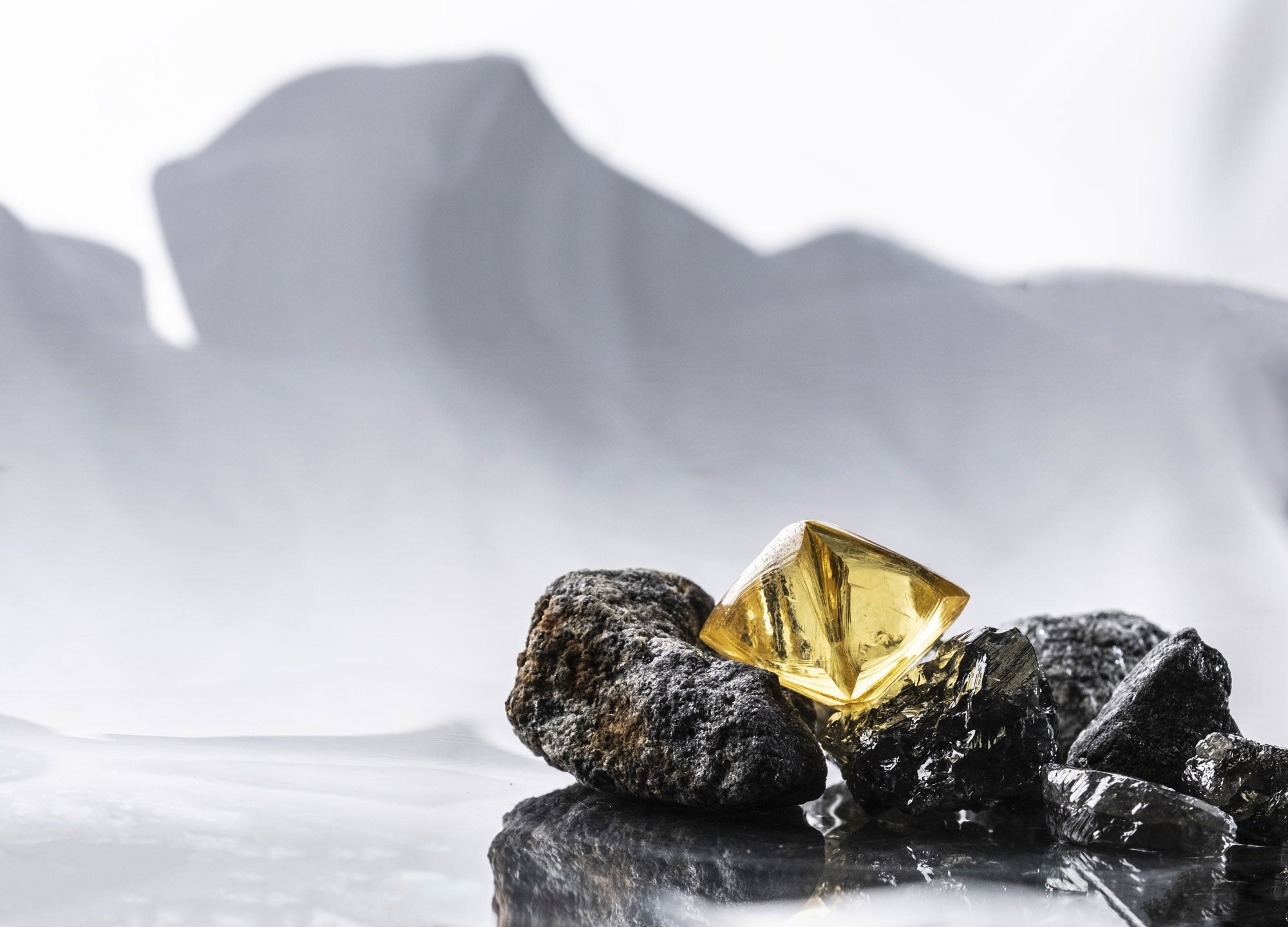
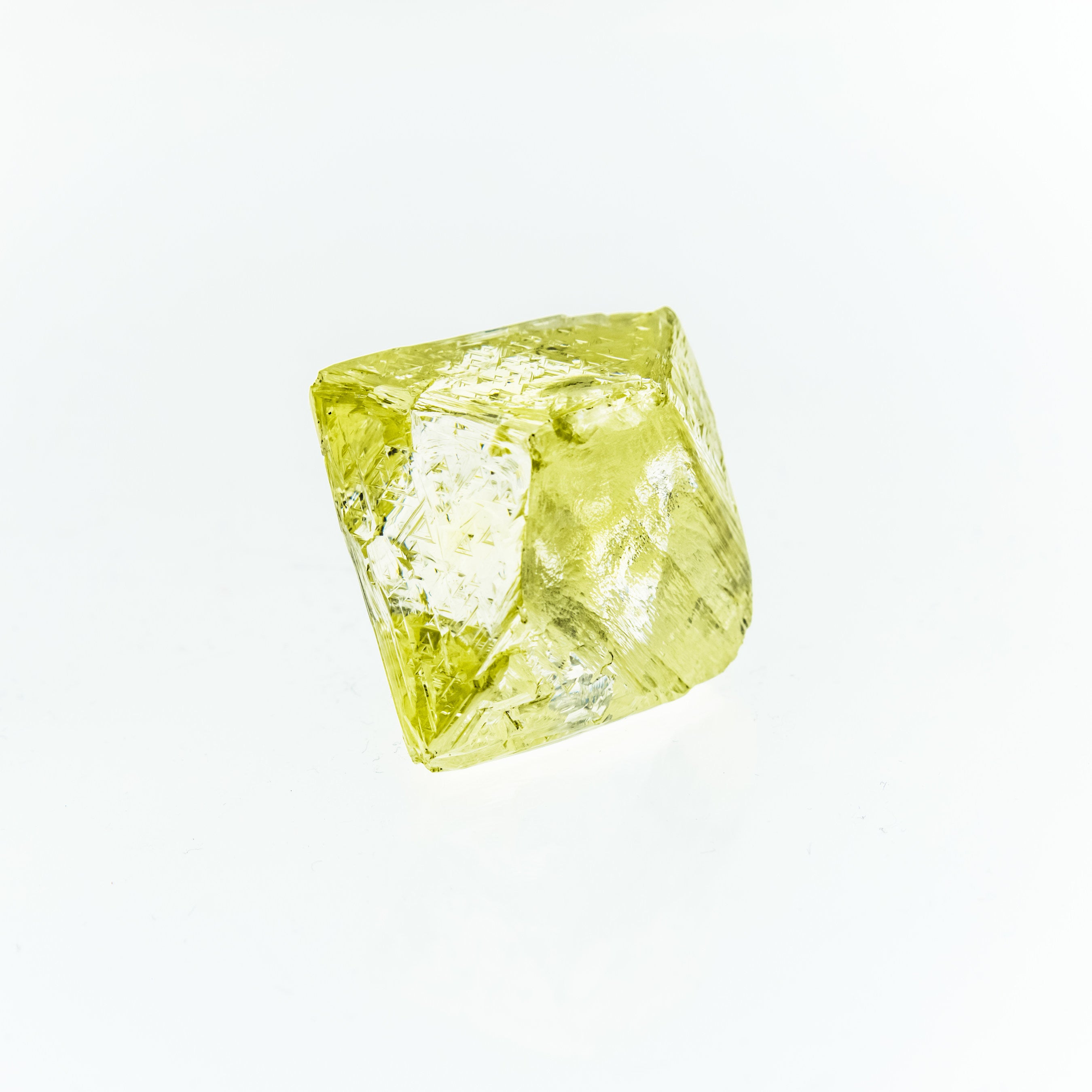
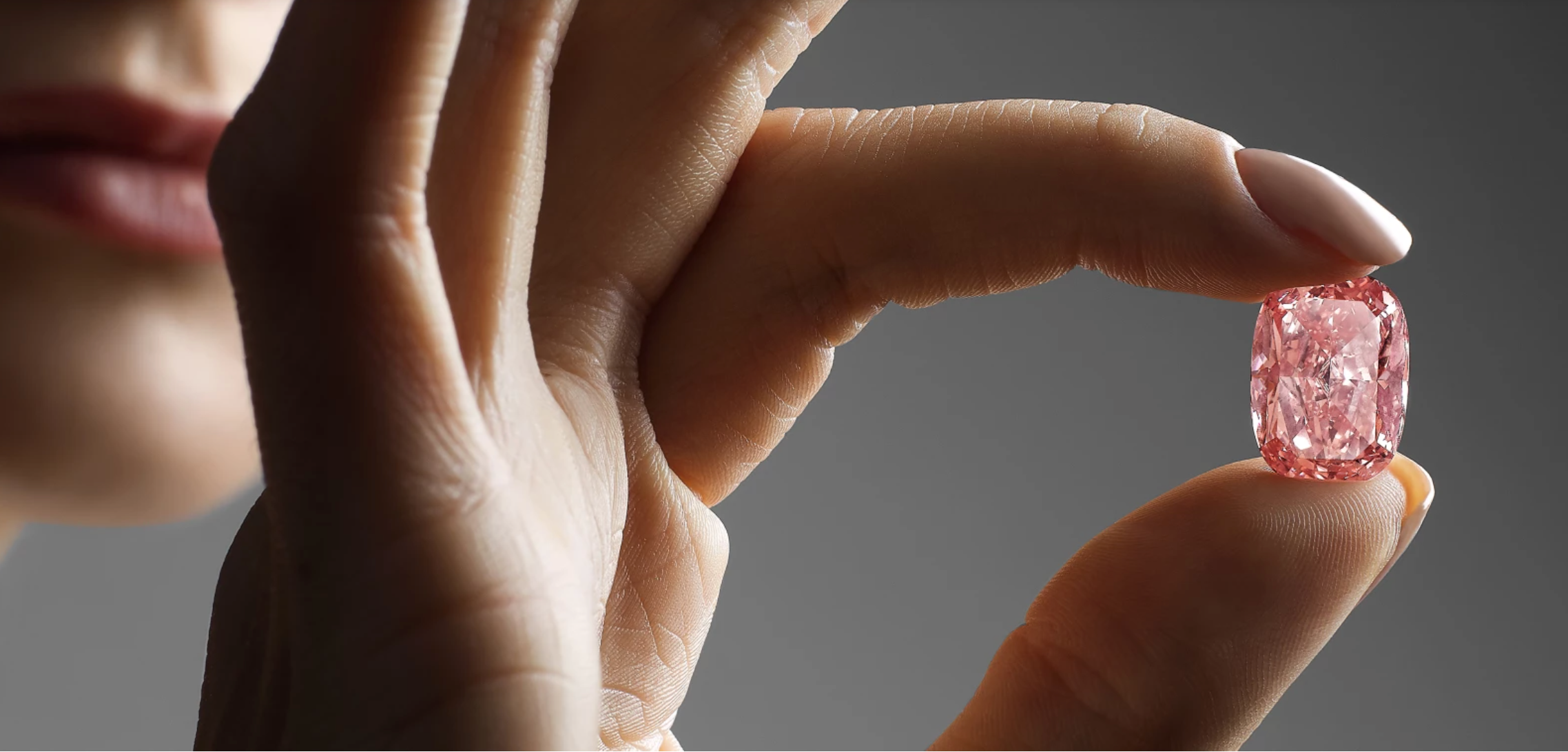
Tiffany & Co. Reveals Its Masterpieces Collection for Fall 2014
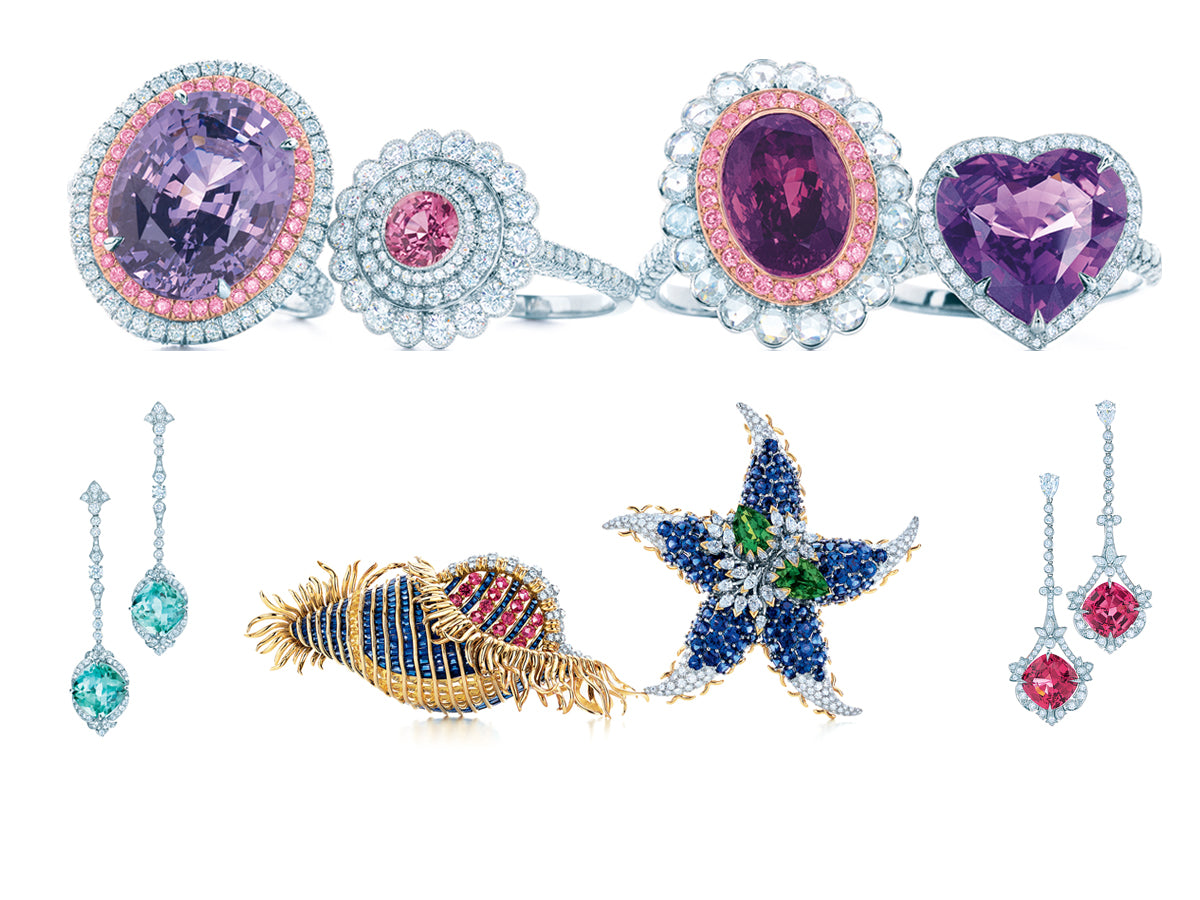
Sep 15, 2014 3:53 PM By Jeff Miller RAPAPORT... The latest collection from Tiffany & Co. marks the debut of a number of modern Tiffany Masterpieces and was created by the brand's design director, Francesca Amfitheatrof. Several pieces are inspired by archival jewels of diamonds set in square bezels that are delicately linked, while some take a cue from the linearity and fluidity of 1920s design. firepower
Amfitheatrof combined a mixture of custom cut princess, baguette and round brilliant diamonds for the collection's necklaces and bracelets. Defining this fall 2014 collection, Tiffany & Co. stated that a current flows through the jewels, driven by the stone's firepower. Tiffany Masterpieces include earrings of radiant diamond tiers, bracelets in open weaves, medallions and tassel pendants with diamonds and seed pearls. Rings feature rare colored diamonds, capturing saturated hues from yellow and purplish pink to bluish green.
One such ring (pictured above) features an exceedingly fancy deep brownish, greenish yellow diamond of 8.16 carats and bordered with white opal and colored diamonds in 18-karat rose gold.
Color also fuels momentum with an Art Deco-style necklace and bracelet of green chrysoprase, black spinel and diamonds anchored with a curvaceous buckle. Amfitheatrof said that each design has discreet details — how the diamonds move or how the elements are linked — that are so subtle only the wearer knows, creating a personal connection to the piece.
Amfitheatrof’s vivid color palette reveals black spinel and diamond baguettes to create sophisticated linear patterns, while jewels of hand-carved white agate contrast cool with the warmth of 18-karat gold. In another piece, the designer incorporated citrine and turquoise, set in reversible necklaces of sculptural and geometric gold links that are bold and well articulated.
All Tiffany Masterpieces are handcrafted.
